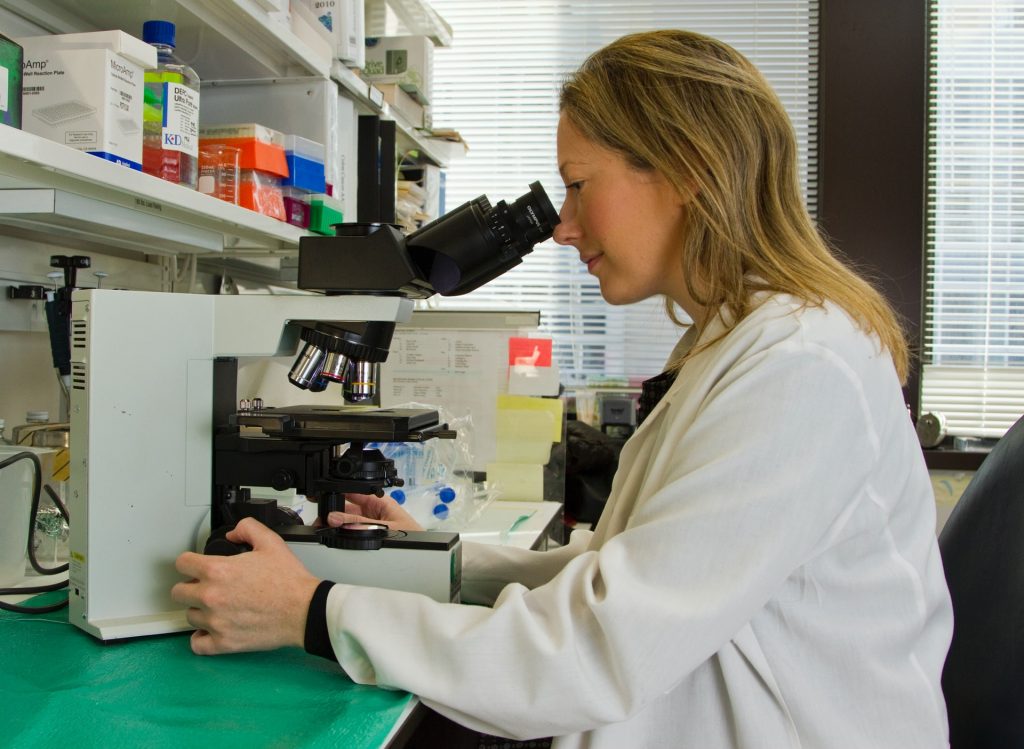
Researchers have identified a new group of molecules with an antibacterial effect against many antibiotic-resistant bacteria. Since the properties of the molecules can easily be altered chemically, the hope is to develop new, effective antibiotics with few side effects. The study appears in PNAS.
Increasing antibiotic resistance is a great concern as few new antibiotics have been developed in the past 50 years.
Most antibiotics work by inhibiting the bacteria’s ability to form a protective cell wall, causing the bacteria to crack (cell lysis). Besides the well-known penicillin, which inhibits enzymes building up the wall, newer antibiotics such as daptomycin or the recently discovered teixobactin bind to a special molecule, lipid II. All bacteria need lipid II as a building block for the cell wall. Antibiotics that bind to Lipid II are usually very large and complex molecules and therefore more difficult to improve with chemical methods. These molecules are in addition mostly inactive against a group of problematic bacteria, which are surrounded by an additional layer, the outer membrane, that hinders penetration of these antibacterials.
“Lipid II is a very attractive target for new antibiotics. We have identified the first small antibacterial compounds that work by binding to this lipid molecule, and in our study, we found no resistant bacterial mutants, which is very promising,” says Birgitta Henriques Normark, professor at the Department of Microbiology, Tumor and Cell Biology, Karolinska Institutet, and one of the article’s three corresponding authors.
For this study, published in PNAS, researchers tested a large number of chemical compounds for their ability to lyse pneumococci – the most common cause of community-acquired pneumonia. After a careful follow-up of active compounds from this screening, the researchers found that a group of molecules called THCz inhibits the formation of the cell wall of the bacterium by binding to lipid II. The molecules could also prevent the formation of the sugar capsule that pneumococci need to escape the immune system and to cause disease.
Small molecules offer several benefits, noted Fredrik Almqvist, professor at Umeå University and one of the corresponding authors: “The advantage of small molecules like these is that they are more easy to change chemically. We hope to be able to change THCz so that the antibacterial effect increases and any negative effects on human cells decrease.”
Laboratory work with THCz showed it has an antibacterial effect against many antibiotic-resistant bacteria, such as methicillin-resistant staphylococci (MRSA), vancomycin-resistant enterococci (VRE), and penicillin-resistant pneumococci (PNSP). An antibacterial effect was also found against gonococci, which causes gonorrhoea, and mycobacteria, bacteria that can cause severe diseases such as tuberculosis in humans. None of the bacteria managed to develop resistance to THCz in a laboratory environment.
“We will now also initiate attempts to change the THCz molecule, allowing it to penetrate the outer cell membrane found in some, especially intractable, multi-resistant bacteria,” says Tanja Schneider, professor at the Institute of Pharmaceutical Microbiology at the University of Bonn and one of the corresponding authors.
Source: Karolinska Institutet

